On July 21, 2024, the NOAA NWS Weather Prediction Center revealed that excessive, potentially dangerous heat will continue over the Western US from July 22, 2024, to July 24, 2024. Monsoonal thunderstorms will continue across the Four Corners region, which has a high risk of flash flooding. While the dangerous heat wave with temperatures over 100°F (37.7°C) is impacting the Western US, flash flooding is also possible across portions of the South.
Typically defined as periods that witness abnormally high temperatures for longer than two days, heat waves are becoming an increasingly common product of climate change. The United States alone has already witnessed several such heat waves, each of which has immensely strained the country’s aging energy infrastructure. But what do you do when a heat wave leads to a complete blackout? In this guide, you’ll understand what causes a heat wave power outage, the importance of a reliable backup power supply, and how to prepare for a heat wave power outage.
Latest News About the Heat Wave in the US
According to NOAA, warm temperatures and high temperatures will continue in many parts across the Interior Northwest, the Great Basin, and central California. NOAA also predicts flash flooding due to heavy rain and thunderstorms in the Southern Rockies into the Southwest and across the Southeast into the Carolinas.
The NOAA NWS Weather Prediction Center reveals that potentially dangerous and record-breaking heat will move from the West into the Northern Plains on July 22, 2024. The heat wave will impact many areas, including interior California, the central Great Basin, the Northern Rockies, and the Northern Plains. NWS asks people to avoid outdoor activity, stay hydrated, and use fans if AC is not available.
In Oregon, the excessive heat warning will remain in effect until 9 PM MDT / 8 PM PDT on July 24, 2024. According to Weather.gov, dangerous hot conditions will remain at low elevations with temperatures between 104°F (40°C) and 108°F (42.2°C). Some precautionary measures residents should take include drinking plenty of fluids, staying in an AC room, and staying out of the sun.
Does Heat Wave Cause Power Outages?
Like any other electrical equipment, the US electrical grid becomes much less efficient when dealing with extreme heat. A rise in temperatures directly results in greater strain on transmission lines and transformers as more people rely on air conditioners and cooling systems to keep themselves comfortable and safe.
As a result, transformers are put under greater strain, which adds to the heat that makes them comparatively inefficient. Unchecked overheating often leads to their exploding. Electrical companies are then forced to implement rolling outages to prevent transformers from failing completely.
However, if heat waves cause extended periods of high temperatures, transformers can fail entirely, leading to complete power outages or blackouts in these regions. New York, for example, is set to witness an increase from a mere four to 17 days of temperatures in excess of 95°F (35°F) by 2030, according to the city’s electric utility, Con Edison.
In fact, according to official sources, the state of Austin might experience excessive heat after the 4th of July holiday this year.

According to a peer-reviewed study, Phoenix, on the other hand, will witness an average of around 126 heat-wave days a year, surpassing Austin. This situation, according to the study, can potentially lead to the deaths of thousands of people in the desert city, especially among those without access to mechanical ACs.
These numbers are in stark contrast to those from cities like Detroit and Atlanta, given similar heatwave conditions, where the maximum number of deaths is projected to be no more than 221. These alarming figures demonstrate how heat waves can shift climatic patterns in just a few years, ultimately causing greater strain on the energy grid, especially if energy companies don’t implement measures to combat it.
Tips for Power Outages During Heat Wave
With the massive potential for human life loss, it’s essential that people follow certain steps to keep themselves safe during a heat wave. While these tips can be helpful for everyone, it goes without saying that such conditions have the worst possible impact on marginalized groups, children, and the elderly, especially since the latter often rely on electrical power for their medical equipment.
Here are a few tips recommended by Ready, a national public service campaign in the United States:
- Find a way to access air conditioning by installing it in your home. If this isn’t feasible, you can visit a public library or a community center to stay cool.
- Consume a lot of fluids to stay hydrated. Avoid dehydrating drinks like alcohol or those that contain caffeine.
- Take cool showers throughout the day.
- Avoid engaging in strenuous activities during the hottest parts of the day.
- Keep an eye out for symptoms of heat stroke, such as cramps and excessive exhaustion.
- Avoid leaving your children or pets in an enclosed vehicle, as these heat up very quickly.
- Ensure a backup of all necessary medical equipment.
- If you suspect heat stroke, contact 911 immediately or rush the individual to a hospital right away.
- Invest in a solar generator to ensure a steady supply of electricity in the event of a power outage.

Importance of Backup Power Supply
The importance of a backup power supply in the event of a power outage during a heat wave is indisputable. It ensures you have access to electricity to keep your home cool by running fans and air conditioners, and for the elderly, it ensures their reliance on medical equipment doesn’t come to a standstill.
In fact, according to Maslow’s Hierarchy of Needs, a human being’s physiological needs are the most paramount and critical in what he defines as a three-tier hierarchy.
Basic/Physiological Needs
A human being’s physiological needs, particularly in the event of a heat wave, are meant to guarantee safety and survival and include access to shelter, food, water, and sleep.
For the elderly or those whose survival requires continuous access to medical equipment, it also includes access to storage for medicines and equipment such as CPAP machines, ventilators, dialysis machines, and so on.
Safety Needs
While access to shelter is just one aspect, it must also have a cool and comfortable atmosphere for your family and pets. This ensures that you and your family aren’t exposed to the dangers of heat-related illnesses and that you remain physically safe.
Mental Needs
Next comes your mental needs, which, in generic terms, include friendship, family, and so on. However, in case of a heat wave, it also includes your ability to think rationally and not be overwhelmed so you can make sound decisions in an emergency. Electronic appliances can play a crucial role here, and having a backup power supply to keep your TV, WiFi routers, and so on running is essential.

Comparison of Power Backup Supply Options
If you have the means to invest in a backup power supply system, you’re likely going to have several options available. Some of the commonly available ones include:
- Solar generators
- Home standby generators
- Portable generators
- Gasoline generators
- Diesel generators, and so on.
This table compares the pros and cons of each option so you can make an informed decision.
|
Type |
Pros |
Cons |
|
Solar generators |
● No emissions ● Can be run indoors ● Easy to maintain ● Run a variety of appliances |
● Expensive setup costs |
|
Home standby generators |
● Connects to your home’s circuit board ● Can be run indoors ● Can run for long hours |
● Low emissions ● Expensive to purchase ● Requires yearly maintenance |
|
Portable generators |
● Powers small appliances ● Easy to move around ● Least expensive among other generators |
● Noisy ● Can’t power all your appliances ● Can only be used outside (20 feet away from your house) ● High emissions |
|
Gasoline generators |
● Rely on readily available gas ● Easiest to find ● Quieter than a diesel generator |
● Can only be used outdoors ● High emissions ● Doesn’t turn on automatically during a power outage |
|
Diesel generators |
● More efficient than gasoline generators ● Cheaper to operate than gasoline generators ● Long lifespan in comparison |
● Emits harmful emissions ● Noisy ● Cannot be used indoors ● Doesn’t turn on automatically during a power outage |
The comparison above compares five different types of commonly available generators. While gasoline and diesel generators are quite popular, they must be stored outside your house as they emit harmful emissions and can be noisy. A home standby generator, on the other hand, while a good option for indoor use, is expensive and also requires yearly maintenance.
This is where solar generators come in. They’re ideal for indoor use, require little to no maintenance, and also don’t emit any harmful emissions, making them safe to store indoors. Further, given that heat waves are primarily characterized by extended periods of sunlight and warmth, solar generators can be the ideal investment, particularly in areas more prone to this natural phenomenon.
Jackery Solar Generators for Power Outages in Heat Waves
Jackery is among the most well-known manufacturers of solar generators, portable power stations, and solar panels. Their solar generators combine Jackery Portable Power Stations with Jackery SolarSaga Solar Panels, providing a green energy solution for a variety of needs.
Due to the abundance of sunlight, the solar power system is ideal in places that experience extreme heat waves. When placed under direct sunlight, the panels absorb solar energy and convert it into DC electricity. The portable power station's pure sine wave inverter then converts this to AC electricity to power household appliances.
Jackery Solar Generator 2000 Plus
Capacity: Rated Watt: 3000W/ Surge Watts: 6000W/Capacity: 2042.8Wh
Battery Cell & Life Cycle: LiFePO4 & 4000 cycles to 70%+ capacity
Recharging Methods & Time: Car Charger: 25H, Wall Outlet: 2H, Solar Charging: 2H (6*Jackery SolarSaga 200W Solar Panels)
Appliances:
- AC (1200W) = 1.4H
- Portable Fan (50W) = 34.7H
- CPAP Machine (40W) = 43.4H
- Oven (2000W) = 0.8H
- WiFi router (20W) = 86.8H
- Laptop (80W) = 21.7H
- Refrigerator (400W) = 4.3H
- Electric Stove (1000W) = 1.7H
The Jackery Solar Generator 2000 Plus is ideal for your home’s power backup. It offers an expandable capacity of between 2kWh and 24kWh by adding battery packs and a set of solar panels to it. During a heat wave, it can keep your air conditioner running for 1.4 hours, a CPAP machine for up to 43.4 hours, and a laptop for 21.7 hours. This ensures all your essential appliances can continue running in the event of a blackout.
Customer Review
“The Jackery portable power station, specifically the Explorer 2000 Plus model, is an absolute powerhouse that has exceeded my expectations.”- WinWin.
Jackery Solar Generator 2000 Plus Kit (4kWh)
Capacity: Rated Watt: 3000W/Surge Watts: 6000W/Capacity: 4085.6Wh
Battery Cell & Life Cycle: LiFePO4 & 4000 cycles to 70%+ capacity
Recharging Methods & Time: Car Charger: 25H, Wall Outlet: 2H, Solar Charging: 2H (6*Jackery SolarSaga 200W Solar Panels)
Appliances:
- AC (1200W) = 2.8H
- Portable Fan (50W) = 69.4H
- CPAP Machine (40W) = 86.8H
- Laptop (80W) = 43.4H
- Oven (2000W) = 1.7H
- WiFi router (20W) = 173.6H
- Refrigerator (400W) = 8.6H
- Electric Stove (1000W) = 3.4H
The Jackery Solar Generator 2000 Plus Kit (4kWh) offers enough power for hours of professional work and can be a great investment in regions prone to heat waves. In the event of a heat wave, it can keep all your essential appliances running. For example, you can run an AC for 1.4 hours, whereas a portable fan can run for as much as 34.7 hours. As a result, you can ensure that your basic needs are taken care of, leaving you least susceptible to heat strokes and other illnesses.
Customer Review
"This is absolutely a great addition to the 2000 Plus. I mainly have it for power outages, but I will also use it on occasional camping trips." — Mark Watkins.
Jackery Solar Generator 3000 Pro
Capacity: Rated Watt: 3000W/Surge Watts: 6000W/Capacity: 3024Wh
Battery Cell & Life Cycle: NMC & 2000 cycles up to 70% capacity
Recharging Methods & Time: AC Adapter: 2.4H, Car Adapter: 35H, Solar Charging: 3.5H (6*Jackery SolarSaga 200W Solar Panels)
Appliances:
- AC (1200W) = 2.1H
- Portable Fan (50W) = 51.4H
- CPAP Machine (40W) = 64.2H
- Refrigerator (400W) = 6.4H
- Electric Stove (1000W) = 2.5H
- Oven (2000W) = 1.2H
- WiFi router (20W) = 128.5H
- Laptop (80W) = 32.1H
The Jackery Solar Generator 3000 Pro supports 99% of your appliances and can be used on the move or even to tide you through a heat wave blackout. It can run most of your essential appliances, from an air conditioner to a CPAP machine and even others, such as a refrigerator and TV. This system covers your needs, so you have your basic needs covered.
Customer Review
“This machine is amazing. Great alternative to propane and gas. Quiet and solar charging capable. Recommend to everyone!” - Ben.

FAQs
Can a heat wave cause a power outage?
Heat waves increase the demand for air conditioning, ultimately increasing the burden on transformers and the electric grid. The temperature stress can lead to a power outage.
How to cool a house when power is out?
You can place a wet sheet in front of your windows to cool the air or mop the floor regularly to keep it cool.
How do you prepare for a hot weather power outage?
Here’s what you can do to prepare for a hot weather power outage:
- Keep a medical supply kit handy.
- Keep your freezer and refrigerator closed as much as possible.
- Stock up on water and fluids such as ORS.
- Buy batteries and flashlights.
- Invest in a solar generator to run your appliances during extended blackouts.
Conclusion
NOAA reveals that high temperatures are set to impact different parts of the US from July 22, 2024, to July 24, 2024. With global temperatures on a steady rise, heat wave power outages are set to become all but common across many parts of the United States. In addition, there is a chance of flash flooding in many regions, which contributes to downed grid lines and power outages.
Preparedness is key in such situations, both before and during one, but no matter how much you prepare, there’s a limit to what you can do when faced with a power outage. This is where Jackery Solar Generators and Jackery Portable Power Stations can be lifesavers. They can offer your home a steady electricity supply by taking advantage of the one thing heat waves offer in abundance — sunlight.

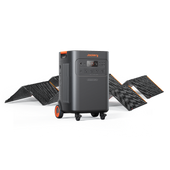











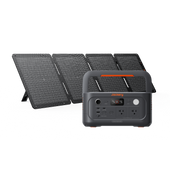





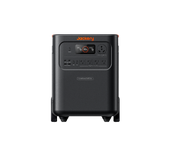
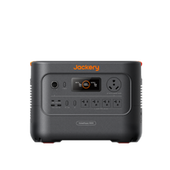





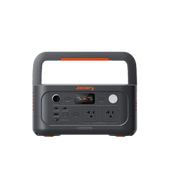





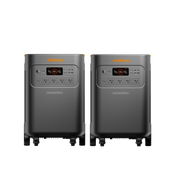
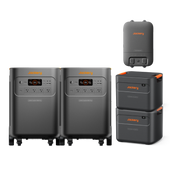





![[Add - on] Jackery Manual Transfer Switch for Explorer 5000 Plus - Jackery](http://www.jackery.com/cdn/shop/files/add-on-jackery-manual-transfer-switch-for-explorer-5000-plus-9017324.png?v=1754016782&width=170)
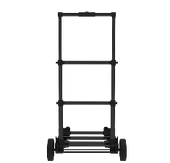
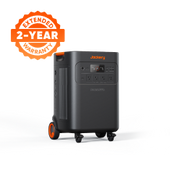
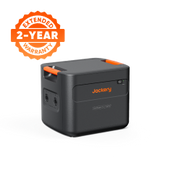
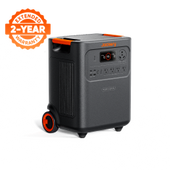
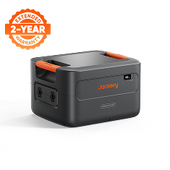
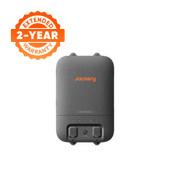



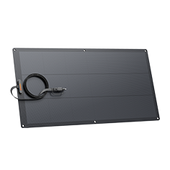
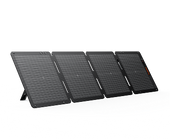




















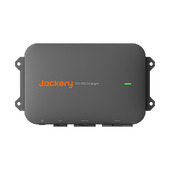




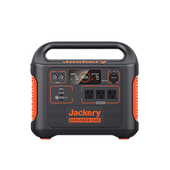







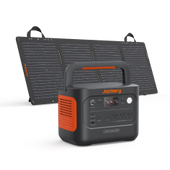
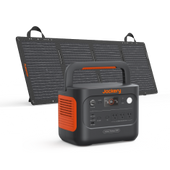





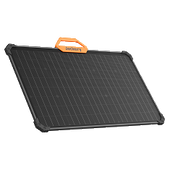


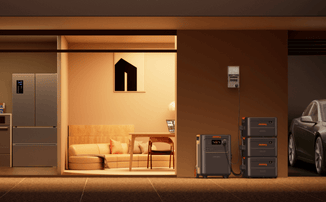













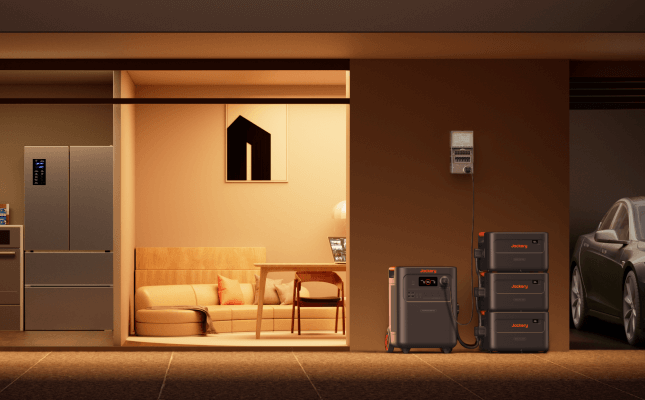


















![Heat Wave Power Outage Guide [Latest News 2024]](http://www.jackery.com/cdn/shop/articles/heat-wave-power-outage-guide-latest-news-2024-7354183.jpg?v=1754018457)







Leave a comment